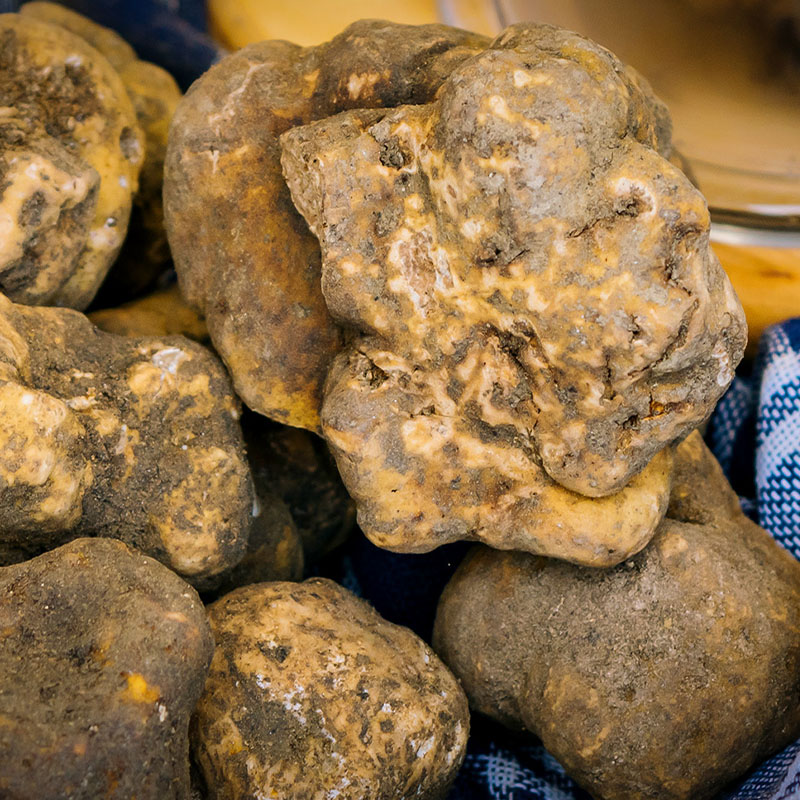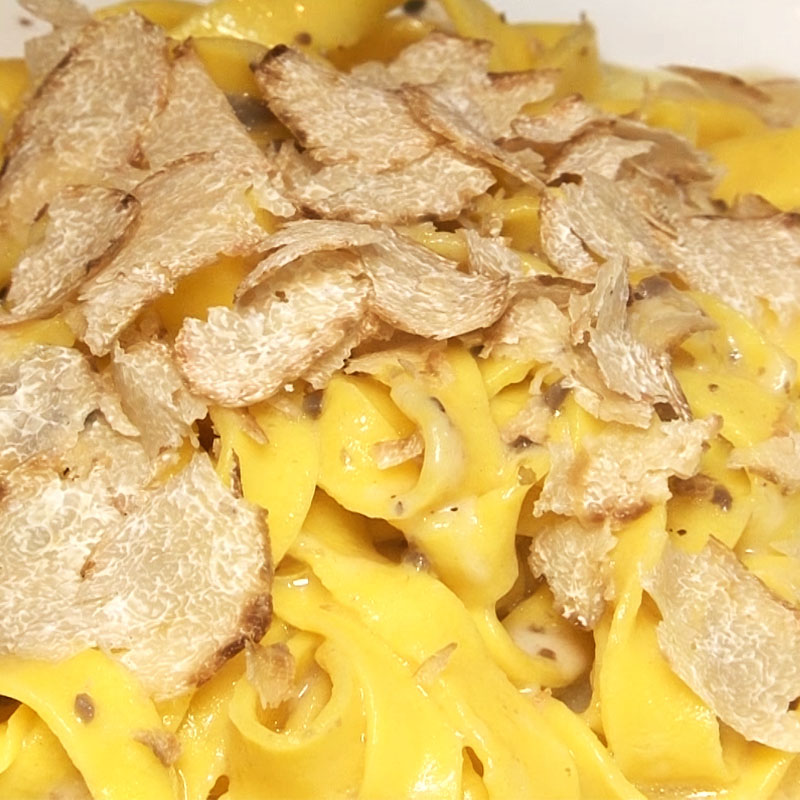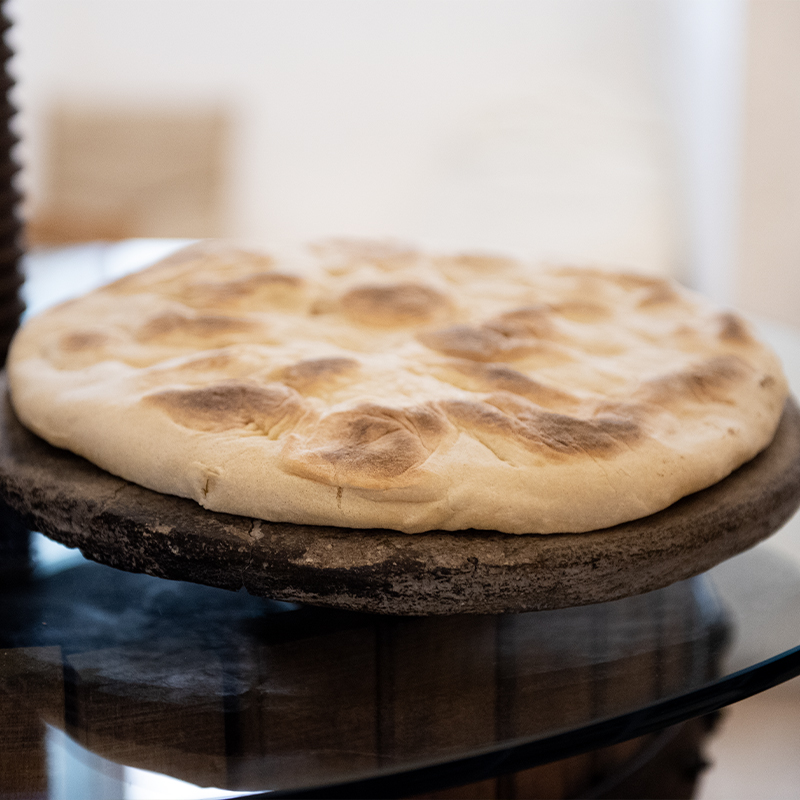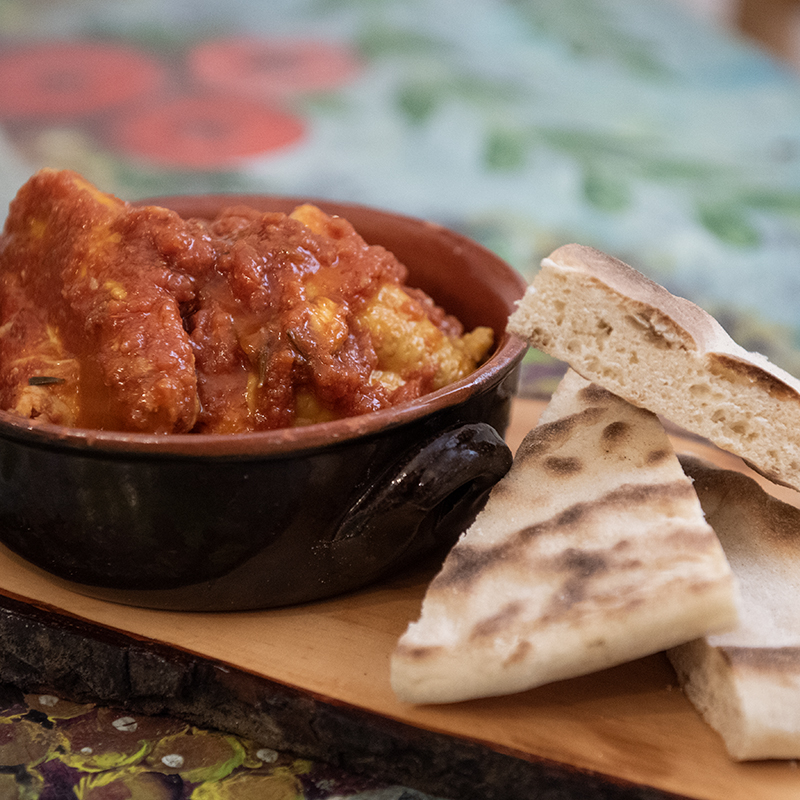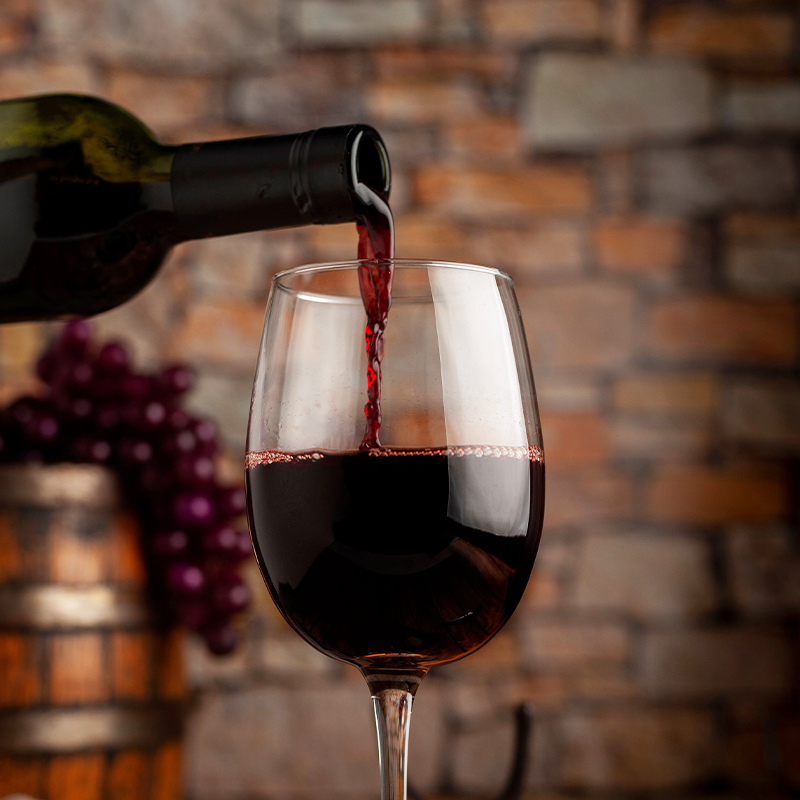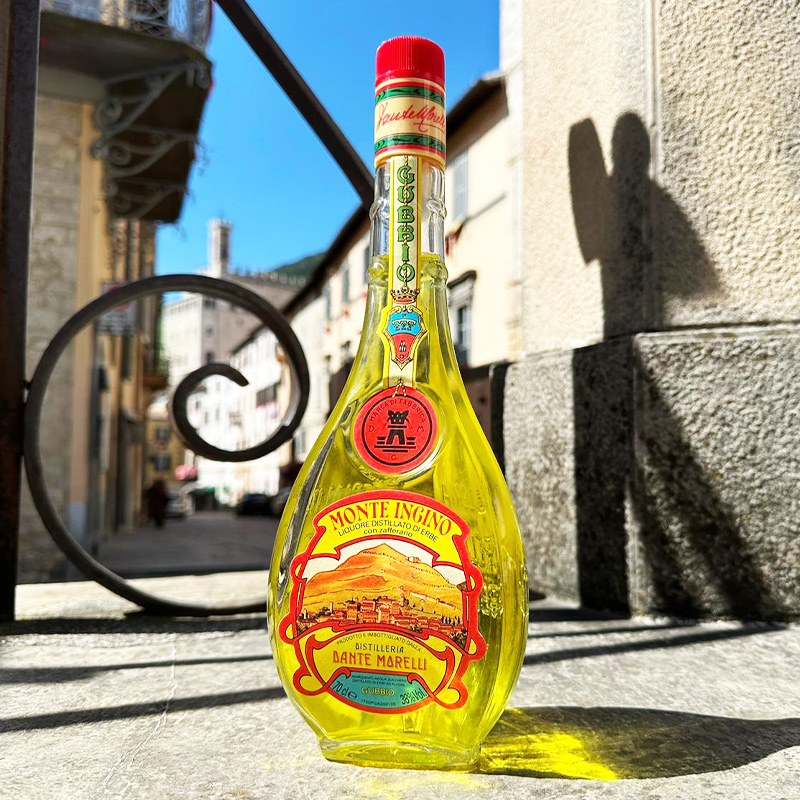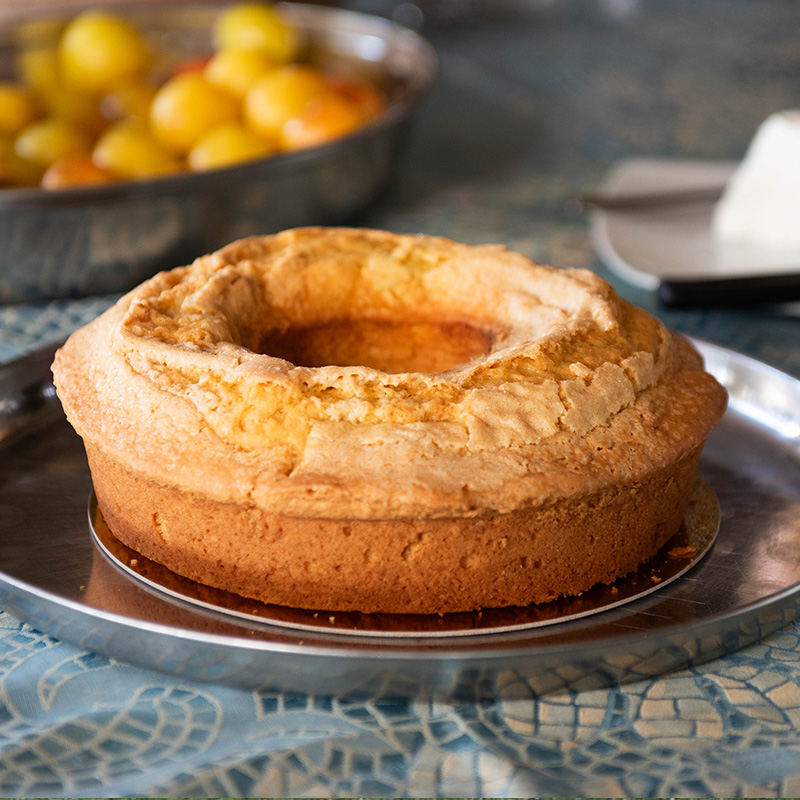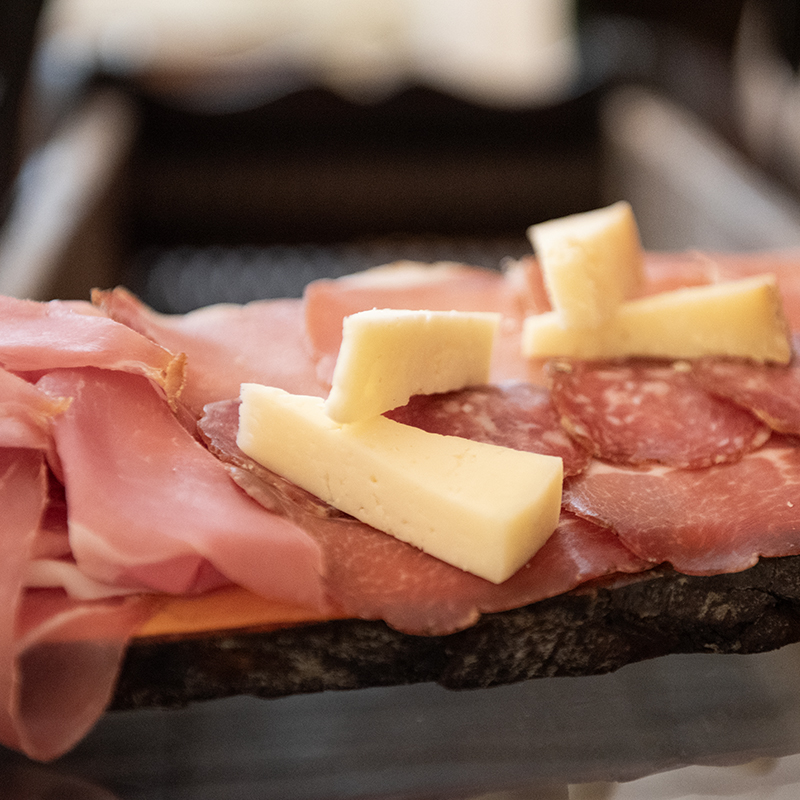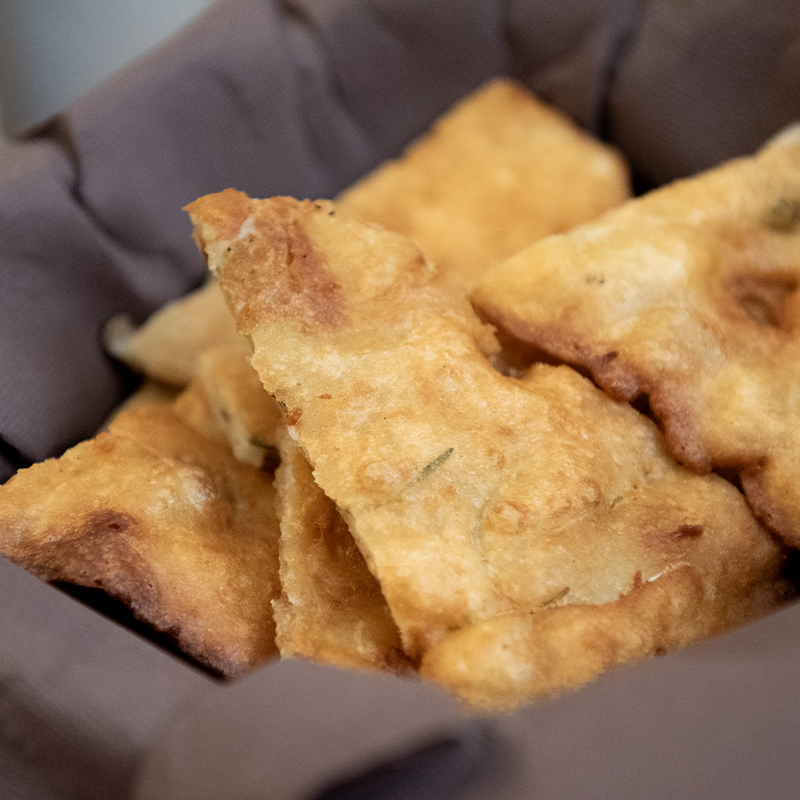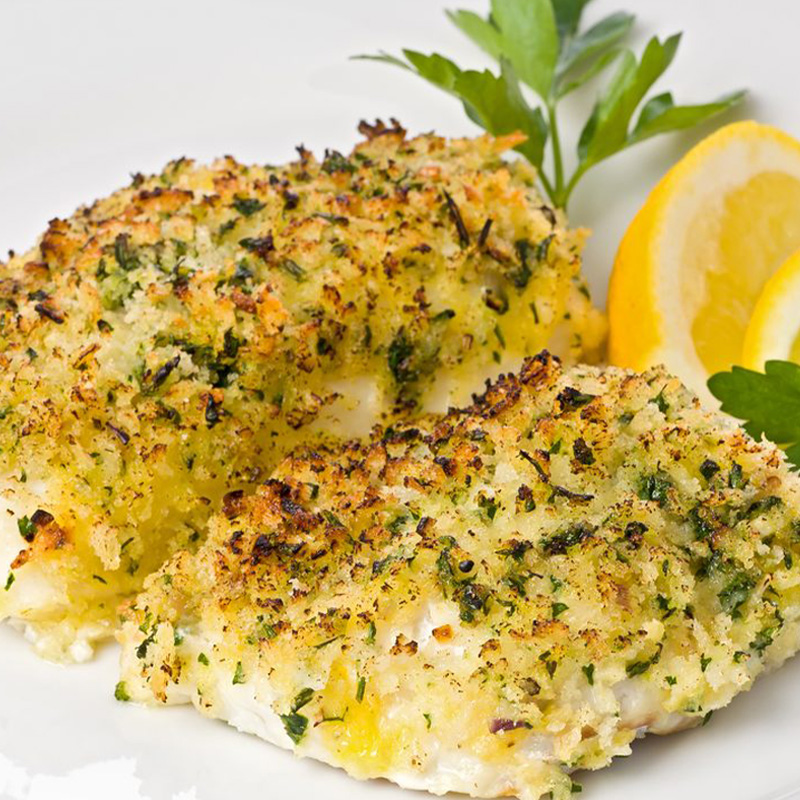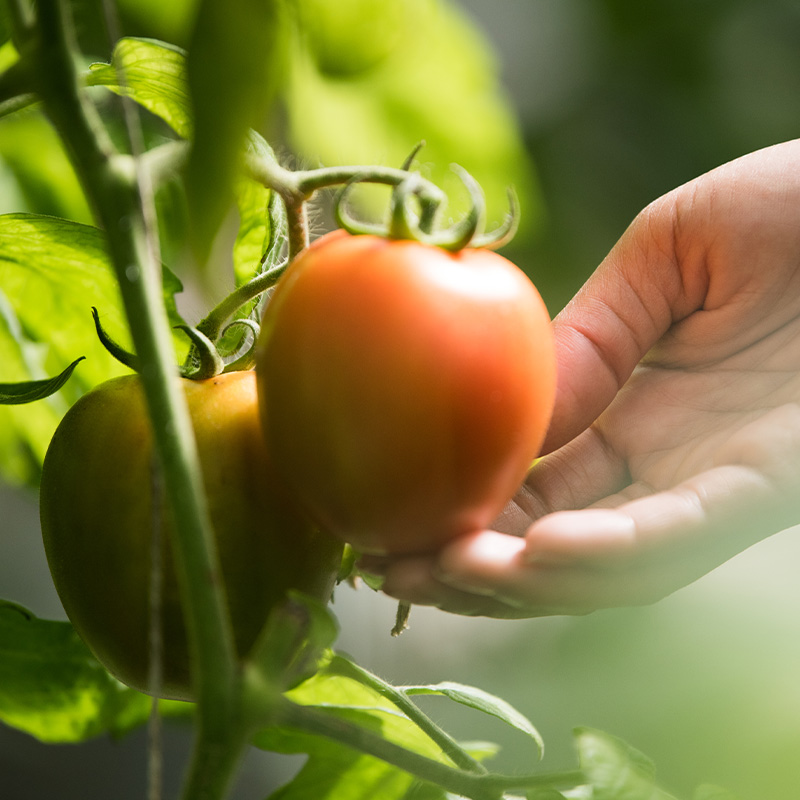food and wine

These days, you can find everything online—but are we really sure that this way of shopping won’t end up working against us? The consumer habits we’re developing often come at the expense of small local shops, with their streetfront windows and the shopkeeper who takes the time to explain things. And maybe even shares a laugh or two.
In traditional shops, shopping is also a way to engage in conversation—something no online store will ever offer.
Gubbio is full of excellent restaurants and shops where you can buy local specialties: fine wines, zero-kilometre vegetables, organic produce, truffles, cured meats, cheeses, sweets, honey, and more.
The Truffle of Gubbio

The delicious prized white truffle, prized black truffle, and summer black truffle (Scorzone) are typical products of our region—and absolutely unmissable in any culinary experience here. The local Truffle Fair, held between late October and early November, is the perfect occasion to buy excellent truffles, along with other local specialties such as cured meats, cheeses, olive oil, honey, meats, and sweets.
Every restaurant includes at least one truffle-based dish on the menu—from classic tagliatelle to frittatas, as well as creative reinterpretations like vegetable and cheese flans and other gourmet treats.
Tagliatelle with white truffle

Remember that truffle is delicate and should be handled with care. Not everyone knows that it must be cleaned with a small brush using very little water. Gently remove the soil and use the proper tool to slice it into thin shavings. Cook tagliatelle—preferably homemade or fresh pasta. Meanwhile, melt some butter in a wide pan. Grate a little of your truffle into the butter to infuse it with aroma, then add some Parmesan cheese, stirring gently over low heat until you get a creamy texture. Once the tagliatelle is cooked, toss it in the sauce and add a bit more Parmesan. Plate and serve, offering your guests fresh truffle to shave over their dish according to taste.
Crescia

The crescia of Gubbio has ancient origins. There is documentation dating all the way back to 1900 BC about this food and how it was prepared. Fascinating, if you think about it. After all, it’s one of those simple foods that never go out of style—constantly reinvented with new recipes, modern ways of serving, and creative fillings.
Crescia with friccò

If you don’t have a fireplace, let’s be clear—it’ll still turn out great.Traditionally, you’d need a cast-iron “panaro”, but if you don’t have one, a good non-stick pan with a thick bottom will do just fine. The dough is simple and inexpensive. For a crescia that serves six people, you’ll need: half a kilo of flour, a pinch of salt, a tablespoon of baking soda (or instant yeast), and enough water to knead the dough. Mix all the ingredients until you get a soft dough, roll it out into a flat shape (you can choose the thickness, but don’t make it too thin), and cook it on the preheated “panaro” (or pan) over the flame.
If you do have a fireplace, heat the “panaro” over the embers, lay the crescia on it, and prick it with a fork.
When the side in contact with the pan looks cooked, flip it and cover it with ash and embers. Keep an eye on it—it cooks quickly and can easily burn.
Meanwhile, you’ll have prepared the “friccò“, a traditional meat stew. It can be made with just chicken, or with a mix of chicken, rabbit, and lamb. Cut the meat into pieces, brown it with olive oil and garlic, then continue cooking over low heat with white wine, seasoning with salt and pepper. Add a bit of finely chopped rosemary, cover, and if needed, add some broth or water as it cooks. When it’s almost done, add a little tomato passata and simmer until the meat is fully cooked and tender.
Real “friccò” from Gubbio doesn’t need much tomato—so don’t overdo it. Now comes the brilliant idea: put the “friccò” together with the crescia and enjoy.
A tasty side of sautéed chicory in olive oil adds the perfect finishing touch to this beloved dish from Eugubian tradition.
Wines

Gubbio is experiencing a period of strong growth in high-quality local wine production, thanks to the efforts of new wineries and dynamic young producers who are embracing both traditional and innovative viticulture—including organic methods. Some small businesses focus on limited productions from high-altitude vineyards, while more established wineries are rediscovering ancient native grape varieties. There’s a real buzz in the air, and it’s truly raising the quality of local wines, which can now be enjoyed and purchased in restaurants, wine shops, and directly from producers.
A traditional Liqueur: Monte Ingino

An excellent herbal digestif made with wild herbs that grow naturally on the slopes of Mount Ingino, enriched with saffron, which gives it its distinctive yellow color. It also stands out for its Art Nouveau–style bottle.
Ciambelotto

It’s a simple, classic cake that on the day of the Festa dei Ceri is often dipped in wine—to give the ceraioli an extra boost of energy. Here are the ingredients for a ciambelotto big enough to serve ten to fifteen people: 400 g of all-purpose flour, 300 g of granulated sugar, 4 eggs, 150 g of extra virgin olive oil, 200 ml of whole milk, the grated zest of one lemon, 20 g of baking powder, plus butter and flour for greasing the pan.
Norcineria

It’s in private homes that the gastronomic memory of families and neighborhoods lives on: norcineria reigns supreme, with liver sausages (mazzafegati) flavored with orange, coppa, classic sausages, and all kinds of cured meats. Here, the tradition of pork butchering is still alive—a major winter celebration and a time for gathering together. If you’re not lucky enough to know someone who’ll invite you into their home, don’t worry: local restaurants offer generous appetizers with cured meats and bruschette.
Some trattorias and osterias also serve brustengo, a typical fried flatbread from this area, alongside the cold cuts.
Brustengo

It’s super easy. Mix flour, just enough water, and a pinch of salt to make the batter. If you like, you can add some finely chopped rosemary, but that’s optional. The consistency should be neither too runny nor too thick.
Pour it into the pan with a ladle to form a sort of disc and fry it in plenty of oil (preferably olive oil). Serve it hot. It goes well with everything—from cheese to grilled vegetables, and of course, prosciutto.
Baccalà alla ceraiola

In Gubbio, preparations for “baccalà alla ceraiola” begin four days before the Festa dei Ceri, following strict traditions. The cooking is entrusted to the Università dei Muratori under the arches of the Palazzo dei Consoli. The salt cod is soaked, cut into pieces of about 100 grams each, then breaded with breadcrumbs, herbs, and a splash of wine before being baked in the oven. On that occasion, around 1,500 kilograms are prepared—nearly 10,000 trays. But the exact recipe? That remains top secret—known only to the men who make it and passed down strictly by word of mouth.
km 0

If you’re in Gubbio on a Saturday morning, don’t miss the chance to shop at the Provincial Agricultural Consortium in Via Perugina. You’ll find fresh fruit, vegetables, and cheeses from local producers. You can also shop zero-kilometre at the Aratorio Familiare in Via Peppino Impastato—a social initiative of the Diocese that promotes cooperative work to support those in need. There, on Saturday and Wednesday mornings, you’ll find garden vegetables, bread, organic pasta, juices, and jams.
